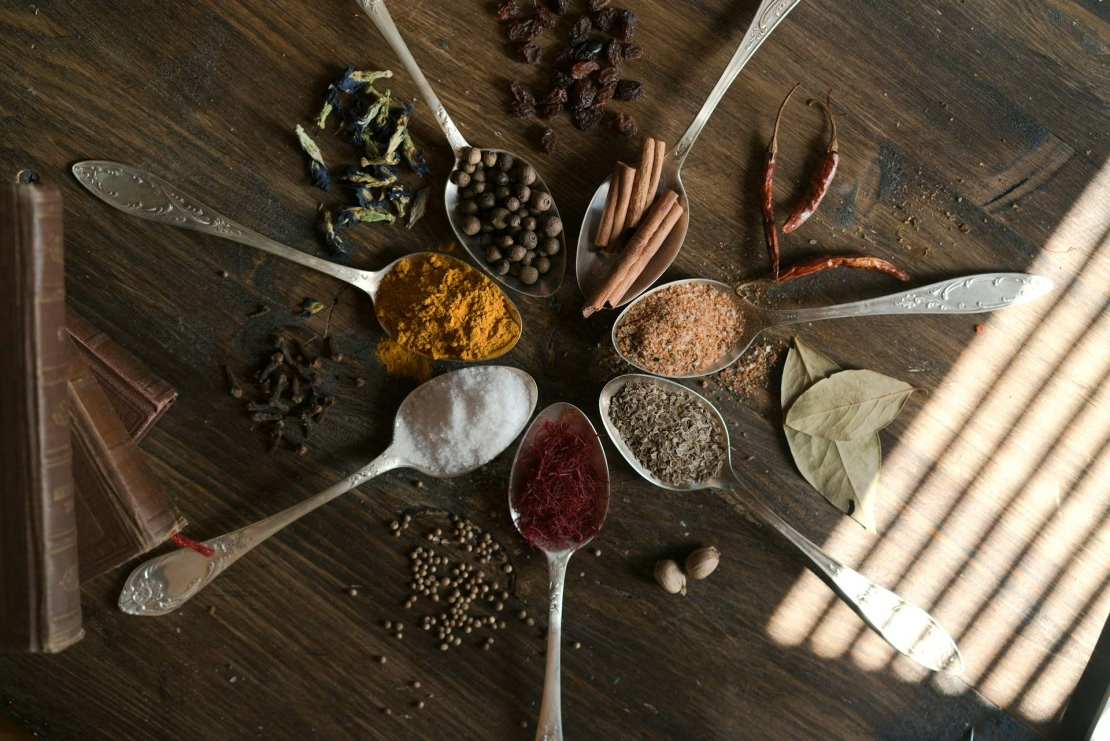Elevate your cooking with must-have kitchen spices. Spices are the soul of cooking, adding depth, flavor, and aroma to dishes that make them memorable.
Stocking your kitchen with essential spices ensures you’re always prepared to create delicious meals. From enhancing savory to sweet dishes, these spices are indispensable for any home cook. Having a well-stocked spice cabinet is essential for cooking a variety of cuisines.
While the specific spices you need can vary based on personal preferences and the types of cuisines you enjoy, here’s a list of versatile spices and spice blends that are commonly used in many different culinary traditions:
Table of Contents
Must-Have Kitchen Spices
- Salt and Pepper: Fundamental for seasoning almost every dish.
- Garlic Powder: Adds a savory flavor to dishes.
- Onion Powder: Provides a sweet and savory onion flavor.
- Cayenne Pepper: Adds heat to dishes.
- Paprika: Comes in various types (sweet, smoked, hot) and adds color and flavor.
- Cumin: Common in many cuisines, especially Middle Eastern, Indian, and Mexican.
- Coriander: Ground or whole seeds, adds citrusy and floral notes.
- Turmeric: Adds a warm, earthy flavor and vibrant yellow color.
- Ginger (Ground or Fresh): Adds a zesty, spicy flavor.
- Cinnamon: Used in both sweet and savory dishes.
- Nutmeg: Adds warmth and depth to dishes.
- Cloves: Often used in spice blends and desserts.
- Cardamom: A versatile spice, commonly used in both sweet and savory dishes.
- Allspice: Has a flavor reminiscent of a combination of cinnamon, cloves, and nutmeg.
- Chili Powder: A blend of spices, including chili pepper, cumin, and oregano.
- Curry Powder: A blend of various spices, essential for Indian and some Asian dishes.
- Garam Masala: A fragrant Indian spice blend.
- Italian Seasoning: A blend of herbs like oregano, basil, thyme, and rosemary.
- Herbs de Provence: A French blend of dried herbs like thyme, rosemary, and savory.
- Cajun Seasoning: A spicy blend with flavors of the American South.
- Chinese Five Spice: A blend of star anise, cloves, Chinese cinnamon, Sichuan pepper, and fennel seeds.
- Sesame Seeds: Adds a nutty flavor, commonly used in Asian cuisines.
- Dill: Commonly used in Scandinavian, Eastern European, and Middle Eastern cuisines.
- Bay Leaves: Adds a subtle herbal flavor to soups and stews.
- Mustard Seeds: Adds a tangy flavor and is used in pickling and Indian cuisine.
Remember that the specific spices you need can depend on the cuisines you enjoy cooking.
This list is a good starting point, and you can build on it based on your preferences and the types of dishes you like to prepare.
Additionally, it’s always a good idea to buy spices in small quantities to ensure freshness, as they can lose their potency over time.
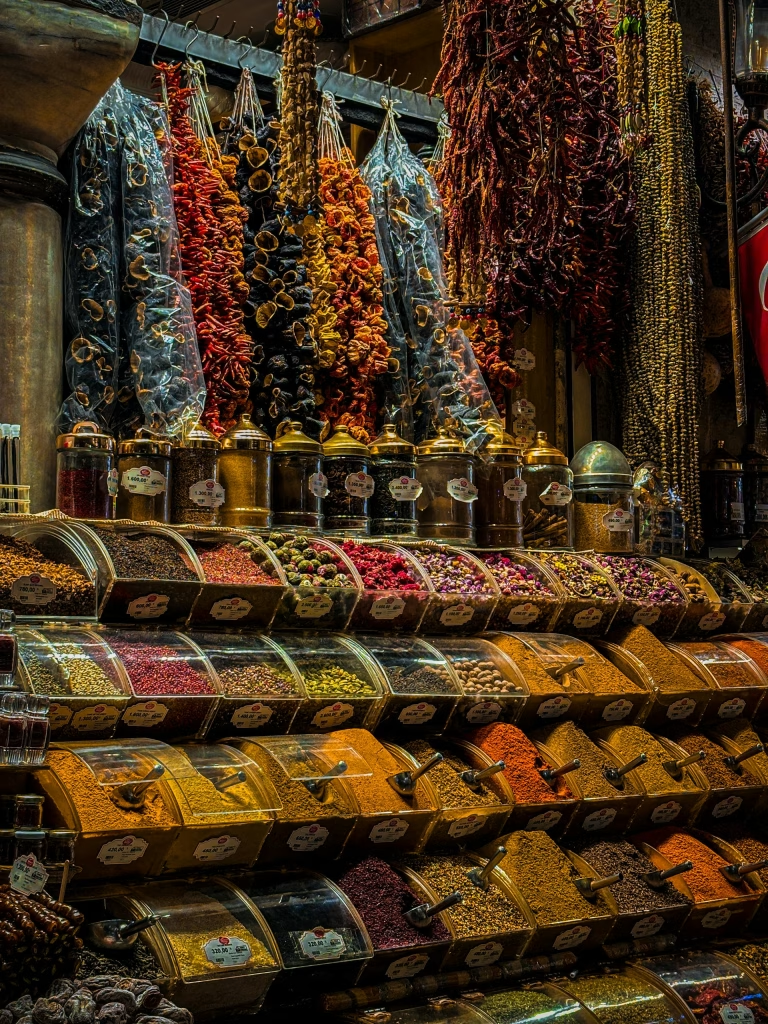
Tips for Using Kitchen Spices
- Start with Fresh Spices: Opt for whole spices whenever possible and grind them as needed for maximum flavor.
- Store Properly: Keep spices away from heat, moisture, and direct sunlight to preserve their potency and aroma.
- Experiment: Don’t be afraid to experiment with different spice combinations to discover unique flavor profiles.
- Balance Flavors: Use spices to balance flavors in dishes by adjusting sweetness, acidity, heat, and bitterness.
- Use Sparingly: Remember that a little goes a long way with spices, so start with small amounts and adjust to taste.
- Toast Spices: Toasting spices before use can enhance their flavor and aroma, adding depth to your dishes.
- Combine with Fat: Many spices are fat-soluble, so sautéing them in oil or butter can unlock their full potential.
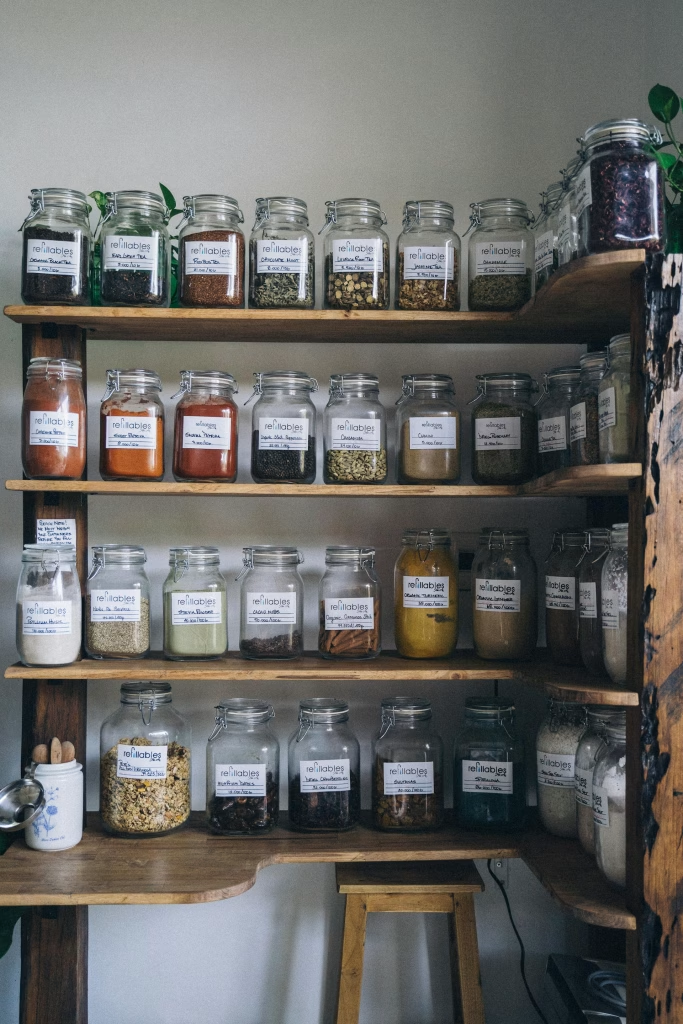
Variations of Must-Have Kitchen Spices
- Italian Blend: A mix of basil, oregano, rosemary, thyme, and garlic powder, perfect for pasta sauces, pizzas, and Italian-inspired dishes.
- Curry Powder: A blend of turmeric, cumin, coriander, ginger, and other spices, essential for Indian and Southeast Asian cuisine.
- Mexican Spice Mix: Combining chili powder, cumin, paprika, and garlic powder, ideal for tacos, enchiladas, and chili.
- Herbes de Provence: A fragrant blend of dried herbs like thyme, marjoram, savory, and lavender, commonly used in French cooking.
- Chinese Five Spice: A blend of star anise, cloves, cinnamon, Sichuan peppercorns, and fennel seeds, adding depth to Chinese dishes.
- Garam Masala: A warming blend of ground spices including cardamom, cinnamon, cloves, and nutmeg, essential in Indian cooking.
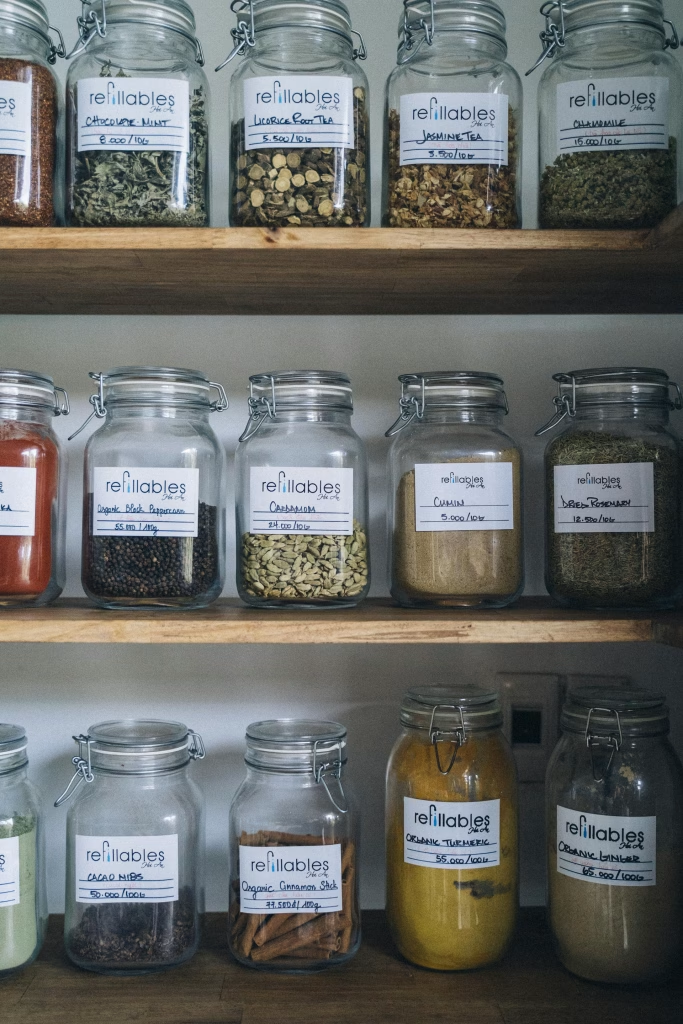
History of Must-Have Kitchen Spices
Spices have been integral to human culinary history for thousands of years. Ancient civilizations like the Egyptians, Greeks, and Romans valued spices for their flavor, medicinal properties, and even as currency. The spice trade routes played a significant role in shaping world history, leading to exploration and colonization. Today, spices continue to enrich global cuisines, reflecting cultural diversity and culinary innovation.
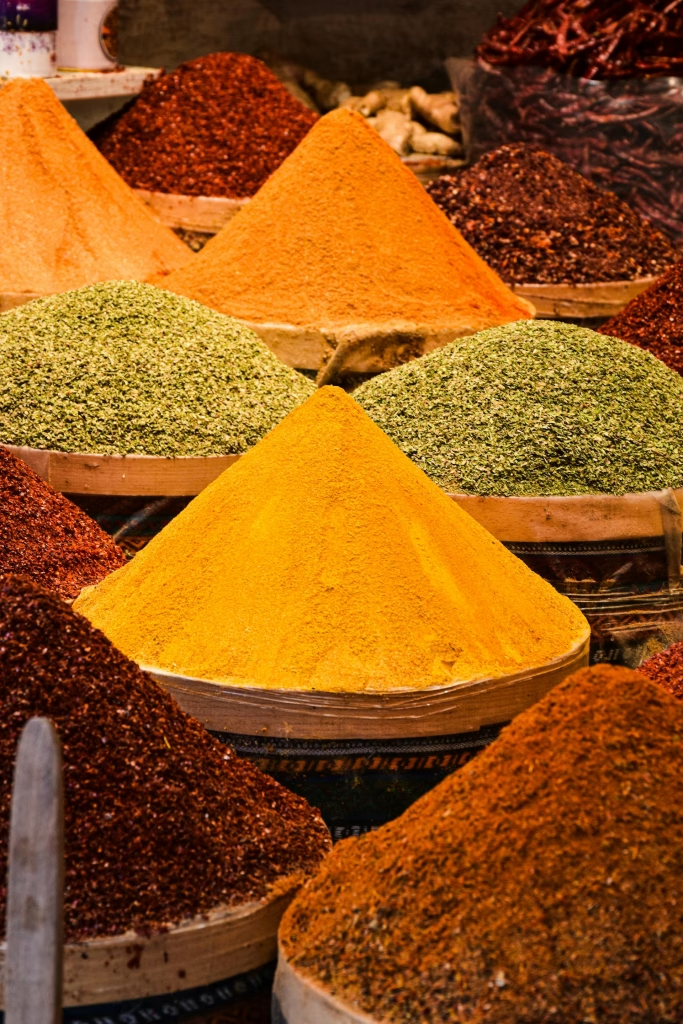
FAQs (Frequently Asked Questions)
- How long do spices last?
- Properly stored, whole spices can last for several years, while ground spices typically lose their potency after 6-12 months.
- Can I substitute fresh herbs for dried spices?
- Yes, but keep in mind that the flavor intensity may differ. As a general rule, use three times the amount of fresh herbs as dried spices in recipes.
- Where can I buy quality spices?
- Look for reputable spice shops, ethnic markets, or online retailers that offer high-quality, freshly ground spices for the best flavor.
- What’s the best way to grind whole spices?
- Invest in a dedicated spice grinder or use a mortar and pestle to grind spices as needed for optimal flavor.
Stocking your kitchen with must-have spices is essential for elevating your cooking to new heights. By experimenting with different blends and techniques, you can unlock a world of flavor and create unforgettable dishes. With proper storage and a spirit of culinary adventure, your spice collection will be the cornerstone of delicious meals for years to come.
By following these tips and exploring different spice variations, you’ll enhance your culinary skills and delight your taste buds with every dish you create. Happy cooking!


